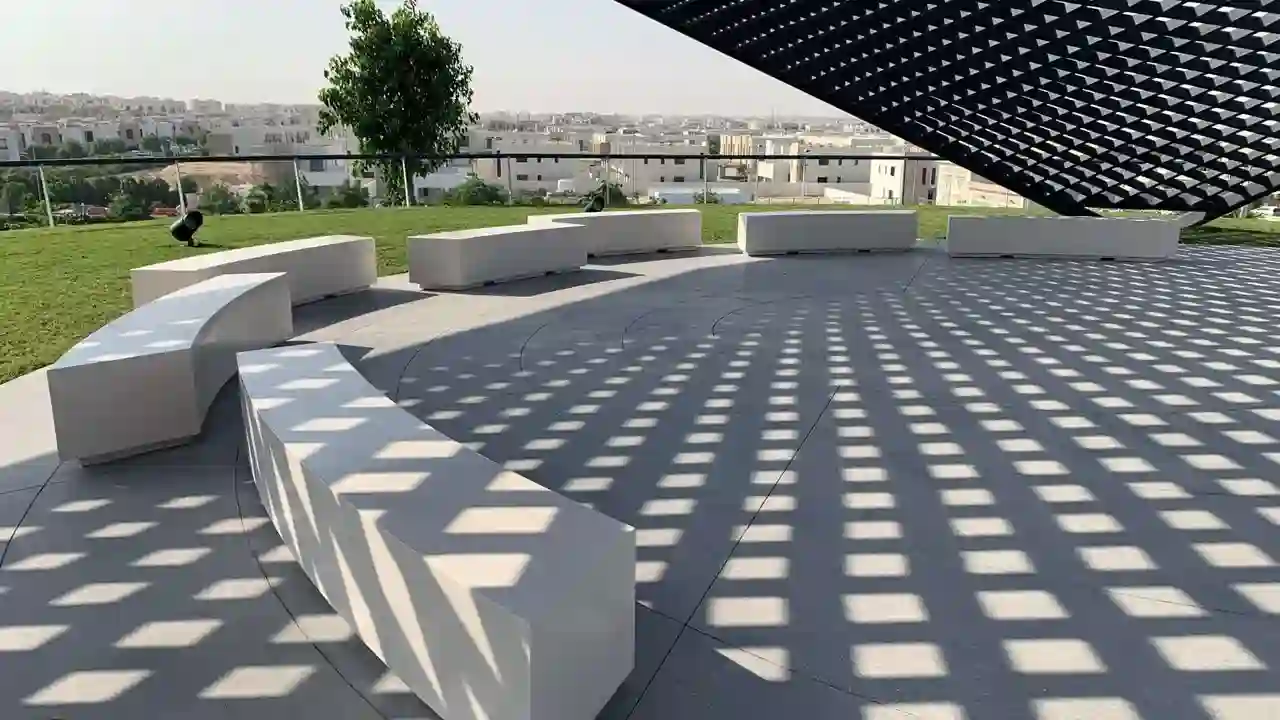20 Jun 2024

From the ancient cities of Rome and Greece to the modern urban landscapes of today, kerb stones have stood the test of time, serving as enduring elements that define spaces, create boundaries, and enhance the overall aesthetic appeal of outdoor environments. These unassuming yet versatile stones have woven themselves into the fabric of diverse cultures, leaving an indelible mark on architectural and landscape design throughout history. The origins of kerb stones can be traced back to ancient civilizations, where they played a crucial role in urban planning and infrastructure development. In the streets of ancient Rome, kerb stones were used to separate pedestrian walkways from chariot paths, ensuring order and safety. Similarly, in ancient Greece, kerb stones adorned the iconic Agoras, public squares that served as vibrant hubs for social and commercial activities. As civilizations evolved, so did the use and significance of kerb stones. During the Renaissance era, they became integral components of grand garden designs, complementing intricate landscaping and reflecting the artistic sensibilities of the time. In the 18th and 19th centuries, these stones were widely employed in the construction of grand avenues and public spaces, contributing to the grandeur and elegance of urban landscapes. Today, kerb stones continue to play a pivotal role in landscape design, offering a versatile solution for enhancing outdoor spaces. Their timeless appeal lies in their ability to seamlessly blend functionality and aesthetics, creating visually appealing boundaries while serving practical purposes. One of the most common applications of kerbstones is in the creation of garden paths. These durable stones can be arranged in various patterns and styles, guiding visitors through lush gardens and creating a sense of flow and direction. Whether laid in a straight line or curved to mimic the natural contours of the landscape, kerbstones add a touch of sophistication and structure to outdoor spaces. Kerb stones are also invaluable in defining borders and separating different areas within a landscape design. They can be used to delineate flower beds, lawns, and hardscaped areas, creating a cohesive and organized aesthetic. Their raised edges not only provide a visual boundary but also serve as practical barriers, preventing soil erosion and helping to retain mulch or gravel within designated spaces. In addition to their functional applications, they can be used as decorative elements, enhancing the overall visual appeal of outdoor spaces. They can be arranged in intricate patterns or combined with other landscaping materials, such as paving stones or decorative aggregates, to create striking contrasts and textures. Across the United Arab Emirates (UAE), kerb stones have been embraced as essential components of landscape design, reflecting the region's rich cultural heritage and appreciation for outdoor living spaces. From residential gardens to public parks and commercial developments, these versatile stones are expertly utilized to create visually captivating and functional outdoor environments. In the heart of Dubai, the renowned Burj Khalifa District features meticulously designed landscapes adorned with kerb stones. These stones delineate pedestrian pathways, separating them from lush greenery and water features, creating a harmonious blend of natural and man-made elements. The contrast between the smooth, polished surfaces of these stones and the vibrant foliage creates a visually stunning and inviting atmosphere. Similarly, in Abu Dhabi's prestigious residential communities, these stones are skillfully employed to define boundaries and enhance the aesthetic appeal of private gardens. Whether used to outline flower beds or create intricate patterns around water features, these stones add a touch of sophistication and elegance to outdoor spaces, reflecting the discerning tastes of homeowners in the region. Beyond residential settings, kerb stones are also prominently featured in commercial and public spaces across the UAE. The Dubai Miracle Garden, a world-renowned attraction, showcases the versatility of these stones in creating stunning landscapes. Kerb stones are artfully arranged to outline winding paths, guiding visitors through a kaleidoscope of vibrant floral displays and whimsical structures. As the UAE continues to embrace sustainable and eco-friendly practices, curb stones are also being utilized in innovative ways to create permeable landscapes that promote water conservation and natural drainage. By incorporating curb stones with carefully designed drainage systems, outdoor spaces can seamlessly integrate functionality and environmental responsibility. If you are looking for high-quality kerb stones in UAE for your next landscape project, look no further than the leading kerb stones suppliers in UAE listed on TradersFind. With a wide range of materials and designs available, these suppliers can help you find the perfect fit for your needs and budget. From their humble beginnings in ancient civilizations to their modern-day applications in landscape design, kerb stones have proven their enduring appeal and versatility. These timeless elements not only serve practical purposes but also contribute to the overall aesthetic appeal of outdoor spaces, blending seamlessly with various design styles and materials. Whether used to create meandering garden paths, define borders, or serve as decorative accents, kerb stones offer a wealth of opportunities for landscape designers and homeowners alike. As the UAE continues to embrace outdoor living and sustainable practices, the demand for these versatile stones is set to rise, ensuring that their rich legacy and enduring charm will continue to shape the landscapes of the future.The Origins of Kerb Stones
Versatility in Landscape Design
Real-Life Examples and Design Ideas
Kerb Stones Suppliers in UAE
Conclusion